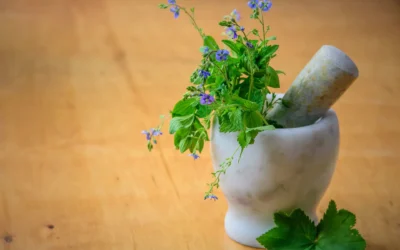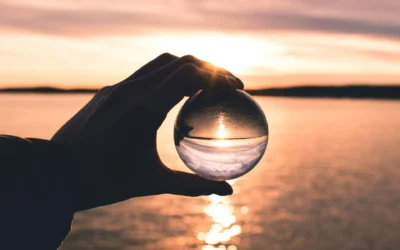Sustainable fishing ensures the protection of the ocean so that marine life can reproduce, grow and continue to replenish fast. It is all about preserving them for future generations to enjoy the vast diversity of marine life. People all over the world love eating seafood as it is the staple diet of many nations and a vast number of them depend on the fishing industry for their livelihoods.
An estimated 179 million metric tons of fish are sourced for food worldwide. The seafood industry generates $400 billion annually and provides employment to almost 60 million people, according to the Food and Agriculture Organization of the United Nations.
Today we have become more aware and conscious of our contribution to the harm that we have caused to the environment of the planet. It is now time to take action to protect various bodies of water inhabited by marine life and the people associated with the seafood industry.
How can we end overfishing and convert the seafood industry into a sustainable one? Being a consumer, you can play a big part in seafood sustainability starting with following sustainability trends.
Buy Frozen Seafood
Food that has been frozen is the best option. Frozen seafood is caught in bulk during the season and then stored in freezers to cater to the public demand later at any time of the year.
Choosing frozen seafood is more affordable, has less impact on the environment, and produces less waste. This practice also gives oceans enough time to reproduce and recover. Properly frozen seafood might have a bad reputation for taste but can be just as tasty as fresh seafood.
Who To Buy From
It is recommended to buy seafood from a provider with seafood sustainability certifications. These certified organizations have been formed to encourage practices that help conserve fish, fishing, and the oceans’ habitats. Some of the most common seafood sustainability certifications are the Global Sustainable Seafood Initiative (GSSI) and the Global Aquaculture Alliance (GAA).
Choose Sustainable Fish
To choose which fish are sustainable, you need to take into account a few things like their carbon footprint, how they’re caught, and where they are coming from. Some of the most common sustainable fish to eat include haddocks, Pacific Salmons, Pacific oysters, Atlantic herring, European hake, Arctic Char, Pacific cod, and anchovies. When you choose to eat sustainable fish, you benefit from choosing a healthy food option while contributing to a healthier planet.
Eat Organic
Organically farmed fish are the ones that cause the least pollution when compared to regular fish farms. Another thing to keep in mind is that fish like Tilapia and Carp are called vegetarian fish as they don’t need to be given other fish as meals. The decline in fish stocks are also contributed to fish developing a diet of eating other fish.
Final Thoughts
The fishing industry faces many challenges. It is, of course, a business running for profit, and maintaining sustainability is key in continuing to earn a profit in the long run. Fisheries need to achieve three main goals to become sustainable:
1. They need to maximize their sustainable catch and simultaneously minimize the bycatch of unsustainable fishes.
2. Fisheries need to improve the living and working conditions of the employees of the fishing
3. Making sure every worker gains a profit from the business with ethical work environments.
For this, the fisheries management needs to develop policies and regulations and ensure their implementation to protect the oceans from over and illegal fishing and pollution. Proactive sustainable practices can help ensure future generations can continue eating and enjoying the wide variety of seafood in the oceans. These seafood sustainability trends and tips are just what we can do as consumers to help improve seafood sustainability.


